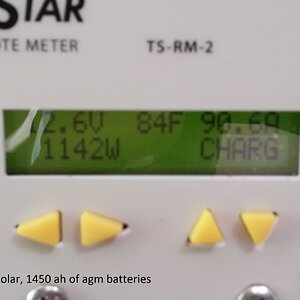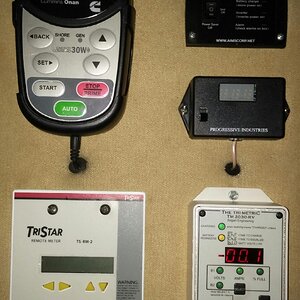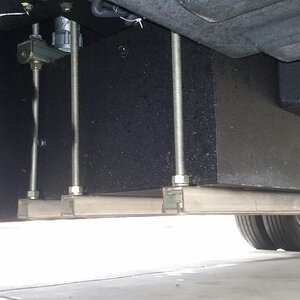- Joined
- Dec 27, 2019
- Messages
- 2,072
- Location
- Virginia
- RV Year
- 2021
- RV Make
- Newmar
- RV Model
- DSDP 4326
- RV Length
- 43
- Chassis
- Freightliner
- Engine
- ISL 450
- TOW/TOAD
- 2023 Winnebago ERA 70A or 2012 Ford Taurus
@Joe Hogan posted a pic of his a little while ago. It caused me to look at mine and find that I don’t have one. It appears to prevent effluent from entering the sanicon discharge hose.
I attempted @ARD ’s method a while ago and failed since I had the sanicon hose connected to the sewer. However, I think I can achieve positive results if I disconnect from the sewer and cap the end of the sanicon hose. That should prevent anything from going into the sanicon hose, but that’s complicating things.
I attempted @ARD ’s method a while ago and failed since I had the sanicon hose connected to the sewer. However, I think I can achieve positive results if I disconnect from the sewer and cap the end of the sanicon hose. That should prevent anything from going into the sanicon hose, but that’s complicating things.












